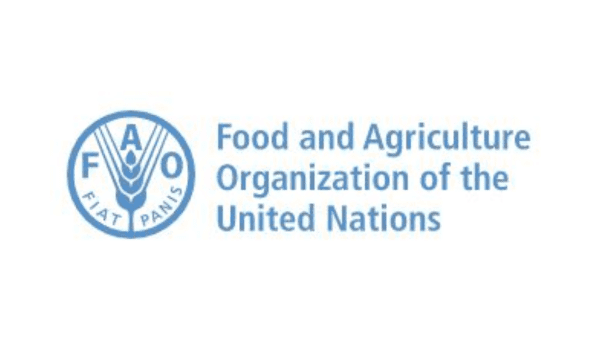It can be hard to see how fresh fruits and vegetables fit into the global food picture.
Reports from the UN’s Food and Agriculture Organization (FAO) often give a huge number of facts about major crops such as grains, soybeans, and oilseeds, but usually don’t mention fresh produce.

Harvard emeritus professor C. Peter Timmer, a leading expert on the global food supply, explains: “FAO is unique among the UN agencies because it is controlled by a simple majority of its member countries, which means poor and middle income interests dominate its statistical gathering, analysis, and main publications. These countries tend to be concerned about having enough staple foods in the markets and accessible to their citizens.
“That emphasis, however,” Timmer continues, “is being increasingly challenged by the international nutrition community, now with considerable support inside FAO, which wants the focus to be broadened to a ‘healthy diet,’ with more attention to micronutrients, vitamins, fiber, and diversity. The produce sector obviously plays a key role here. The big policy debate is over the cost of a healthy diet compared with an energy-sufficient diet.”
And what is that cost? Healthy foods such as “fruits, vegetables, and fish are two or three times more expensive,” says Timmer.
There is considerable “tension” between the two dynamics in world agriculture ministries, Timmer adds. And “those debates are just getting started.”
The situation is complicated in that poorer nations often grow produce items for rich countries like the United Kingdom.
“Kenya now does prepackaged green beans,” Timmer points out. “A 747 goes out every day from Nairobi bound for London.”
Yet this very fact could help solve the problem. Selling produce for export could help poorer nations to develop the “supply chain and skill set” to sell to their domestic markets.
“The supermarket revolution is going to be the secret to getting fresh fruits and vegetables to the Third World,” Timmer believes. “In China, local supermarkets have gotten very good about contracting with five-acre farmers.”
Turning to the United States, Timmer comments, “I understand just how hard it is to keep fresh fruits and vegetables in the daily diet. It’s the way we live: it’s not natural to do that. It takes real effort and commitment.
“It’s not a losing battle; it’s a highly bifurcated battle,” he continues, citing the amounts of money spent on fresh fruits and vegetables by white, college-educated households. Yet “it’s not just money; it’s culture, upbringing.”
The whole food system works against produce rather than for it, Timmer says, with its focus on “packaged, high-salt, high-fat” items.
“It is very hard to incorporate produce into national policy making in the short run,” Timmer emphasizes. “Longer-run issues, however, can be dealt with through agricultural R&D, infrastructure investments and trade policy. My sense is that the increasing focus on healthy diets, even in wealthy countries, where they are affordable, is bringing produce policy into the discussion.”
It seems, then, that food policy both globally and nationally will focus more and more on fresh fruits and vegetables in the future.
In this context, an intelligent and proactive approach by the produce industry can do a great deal of good.



